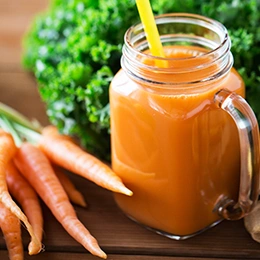Fiber 101
How to Get More Fiber in Your Everyday Diet
Check if you’re getting 28g of fiber daily and explore 15 simple ways, including Metamucil, to boost fiber intake.
Read Article
Fiber 101
4 Energy Boosting Foods You Should Be Eating
Add fiber-rich foods to your diet for lasting energy and better digestion with simple, practical tips for a healthier li
Read Article
Fiber 101
High-Fiber Foods to Up Your Daily Fiber Intake
Discover top high-fiber foods to improve digestion and regularity with easy tips to boost daily fiber intake.
Read Article
Fiber 101
Which Dietary Fiber Supplement Is Best for Me and My Diet?
Discover why fiber is essential for gut health, daily fiber needs, top sources, and how Metamucil supports regularity.
Read Article
Fiber 101
How Much Fiber Per Day Should You Eat?
Find out your daily fiber requirements and how to increase intake with fiber-rich foods and Metamucil supplements.
Read Article
Fiber 101
What is Soluble Fiber and Where Can I Find It?
Discover the benefits of soluble fiber for heart and gut health and learn easy ways to add fiber-rich foods to your diet
Read Article
